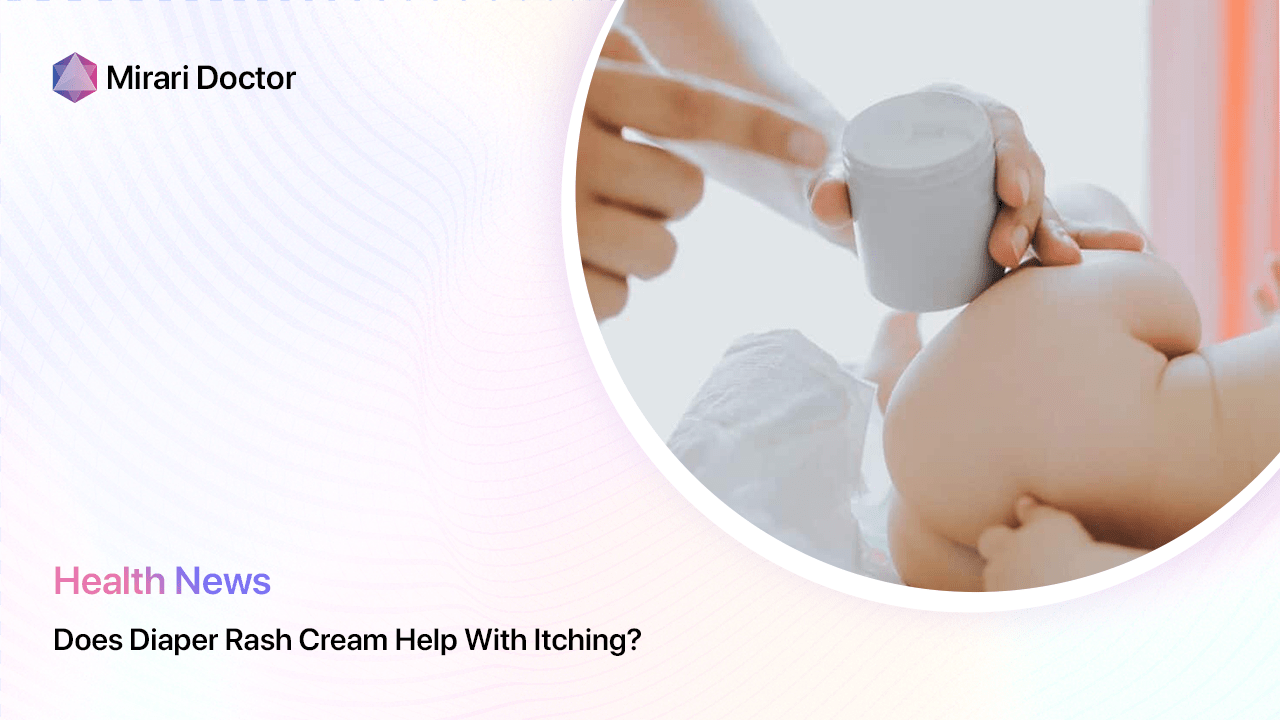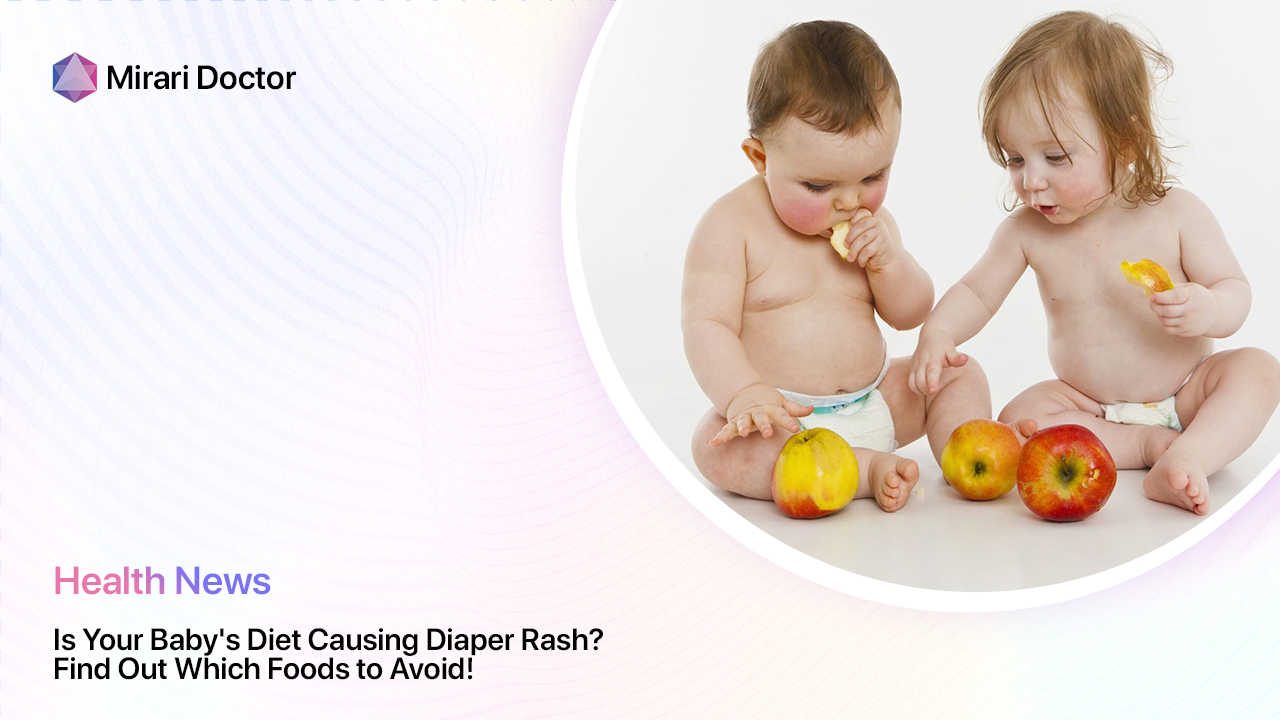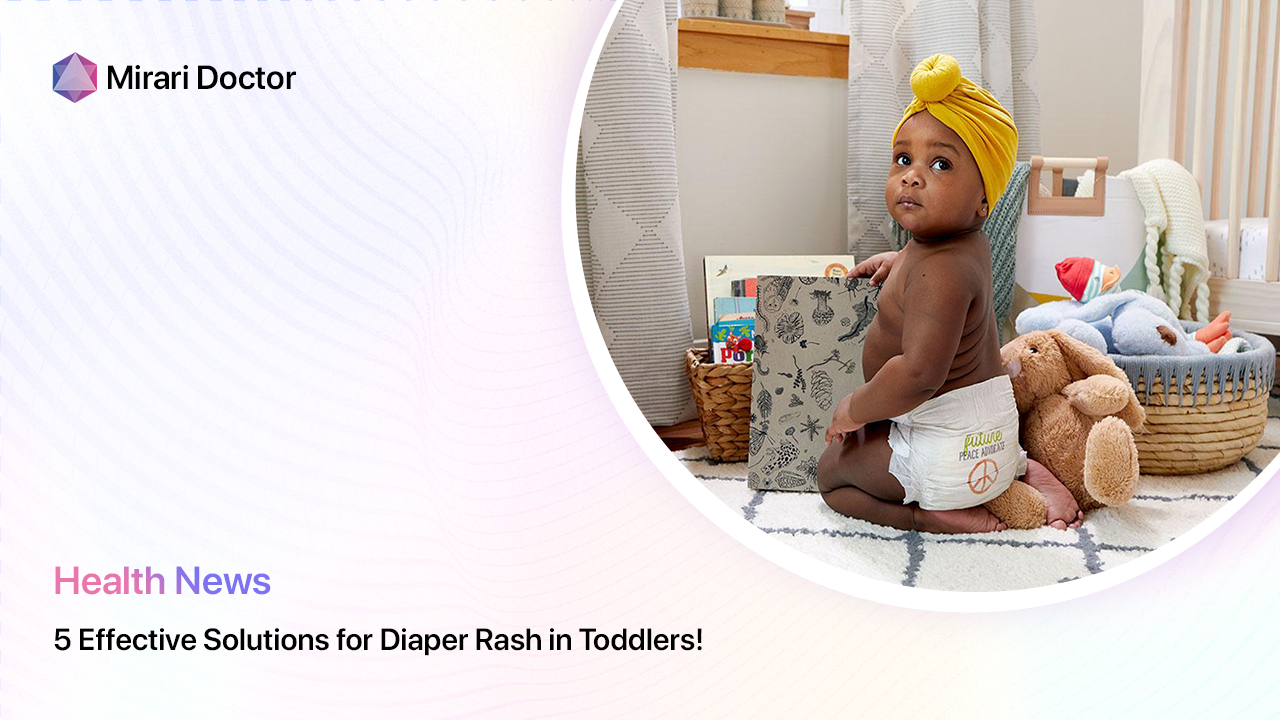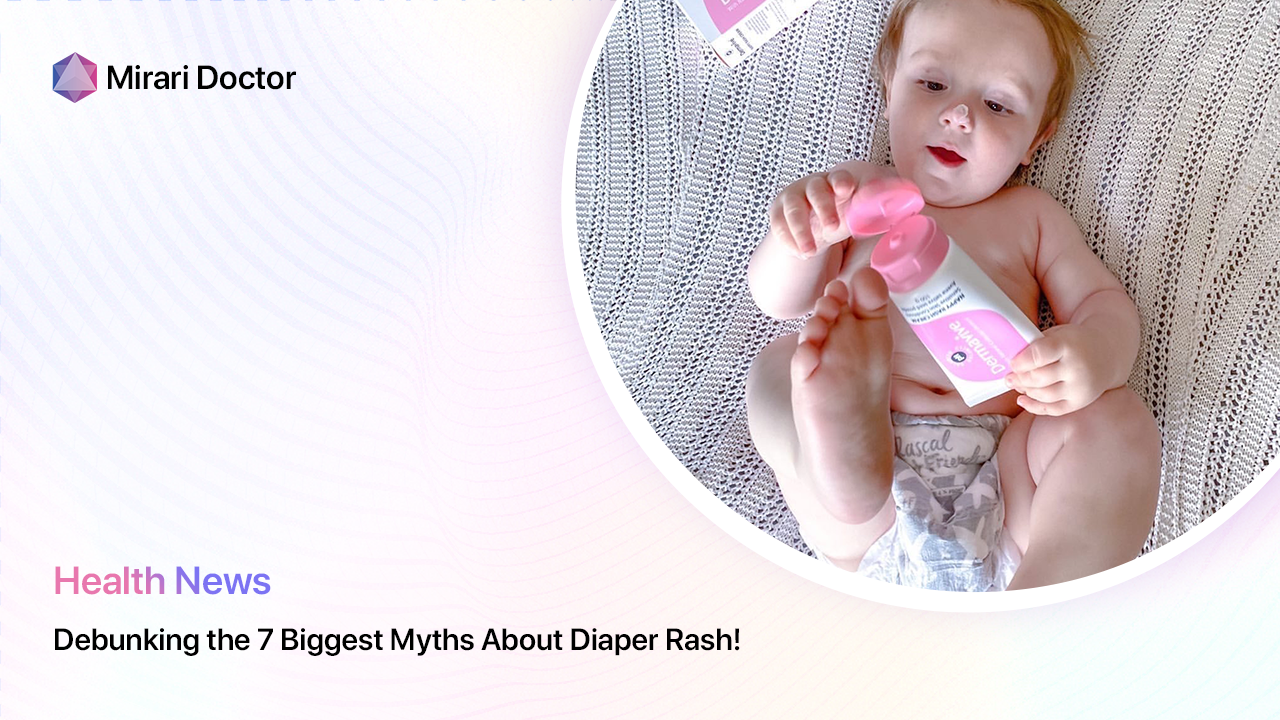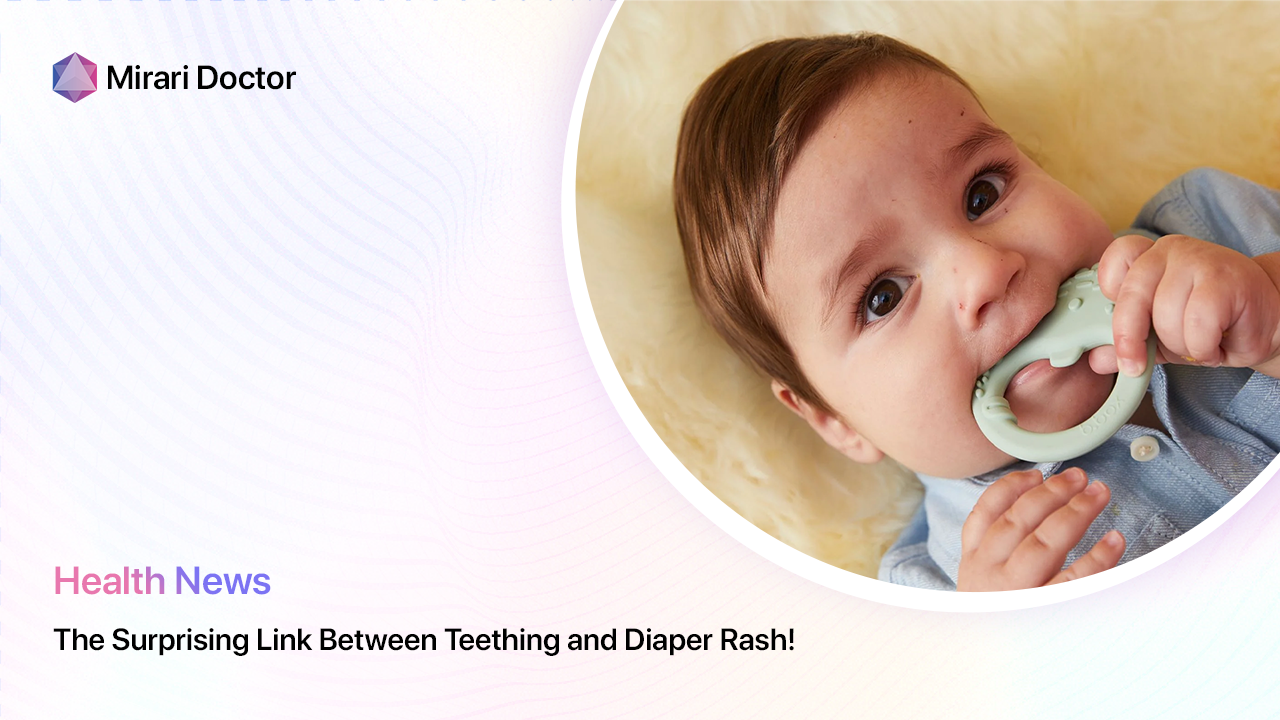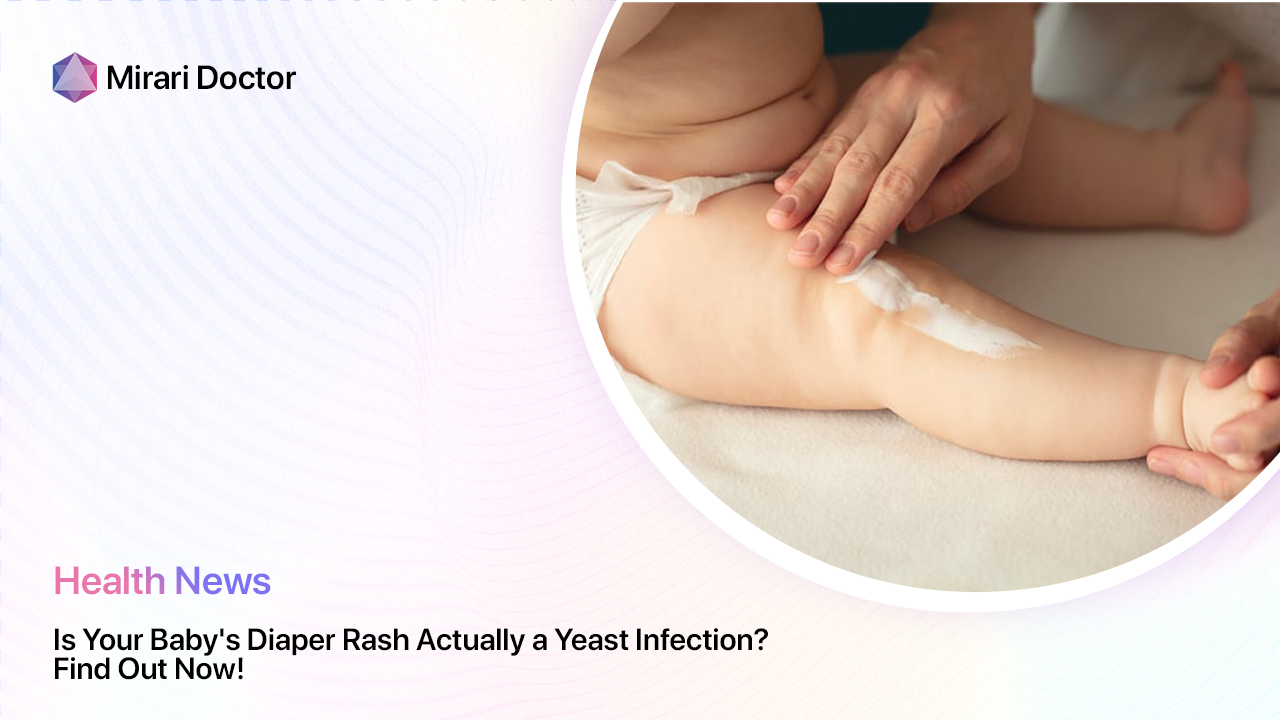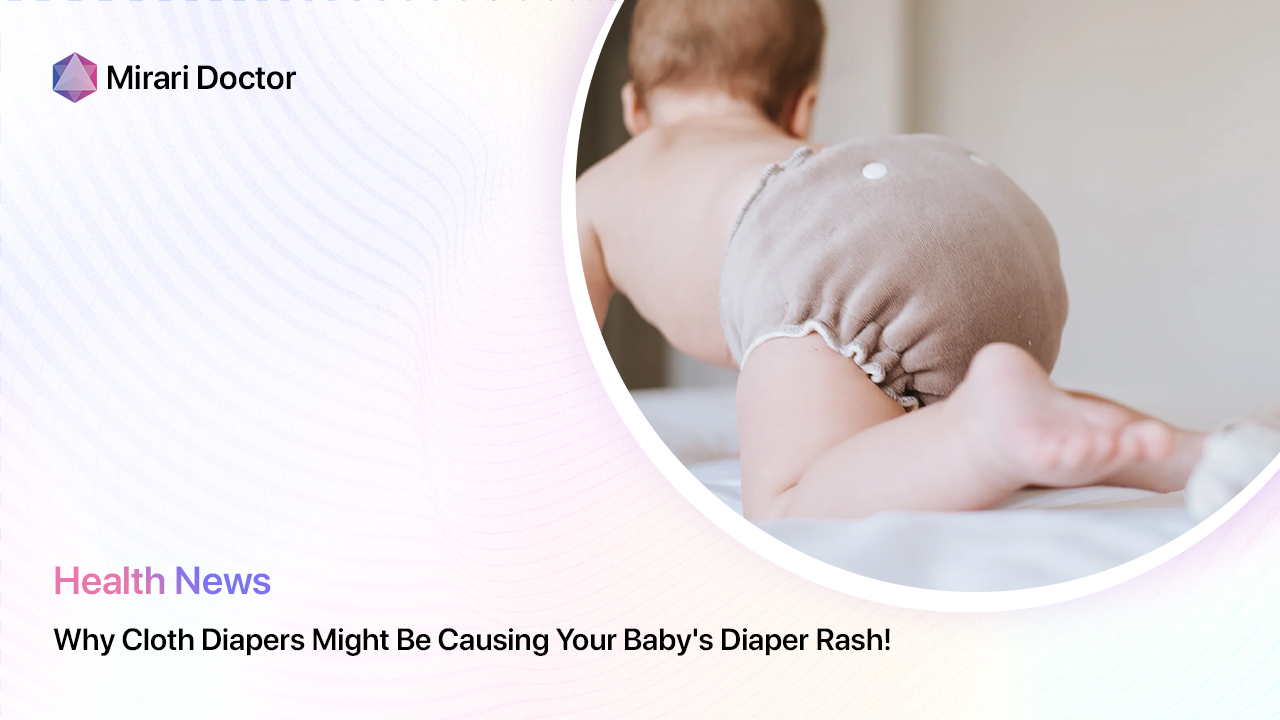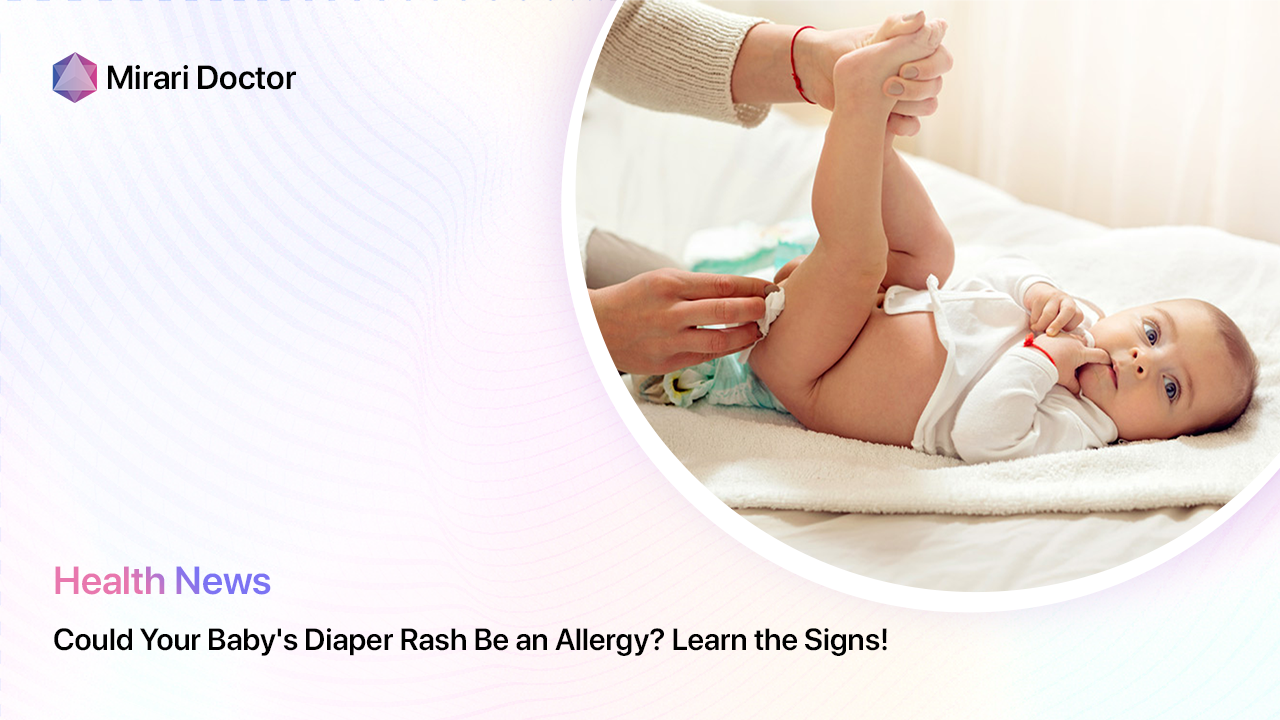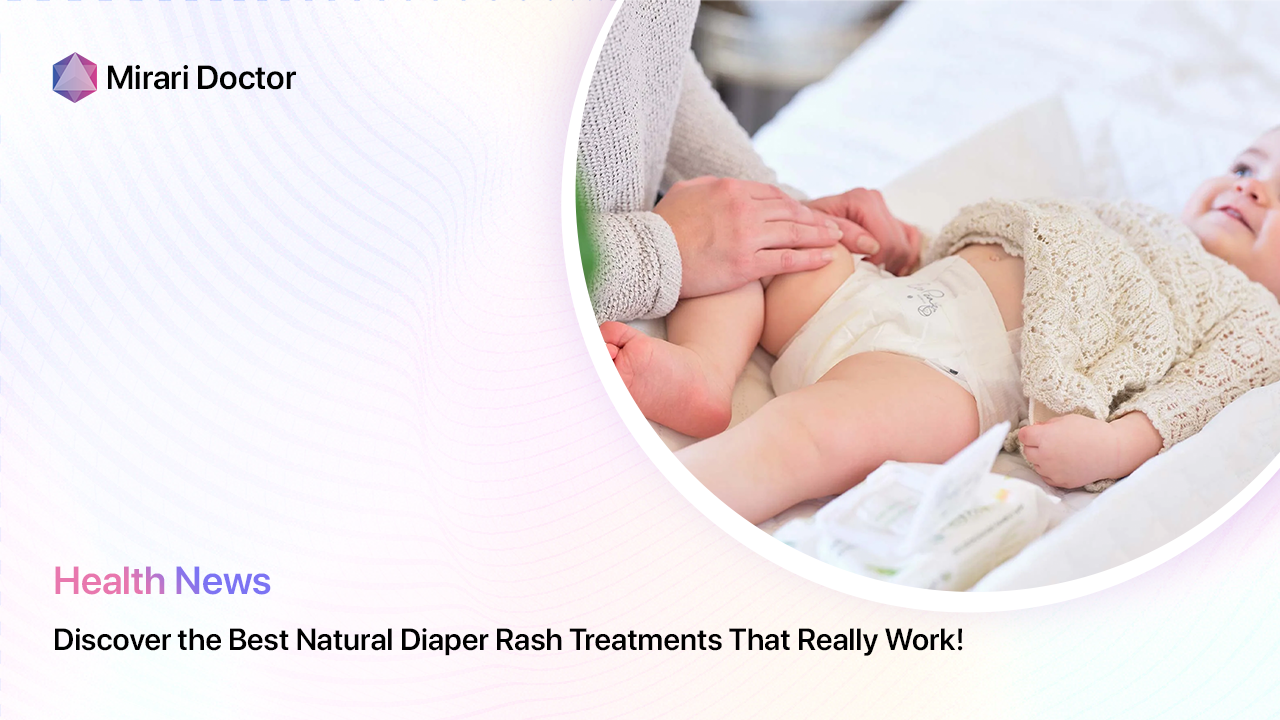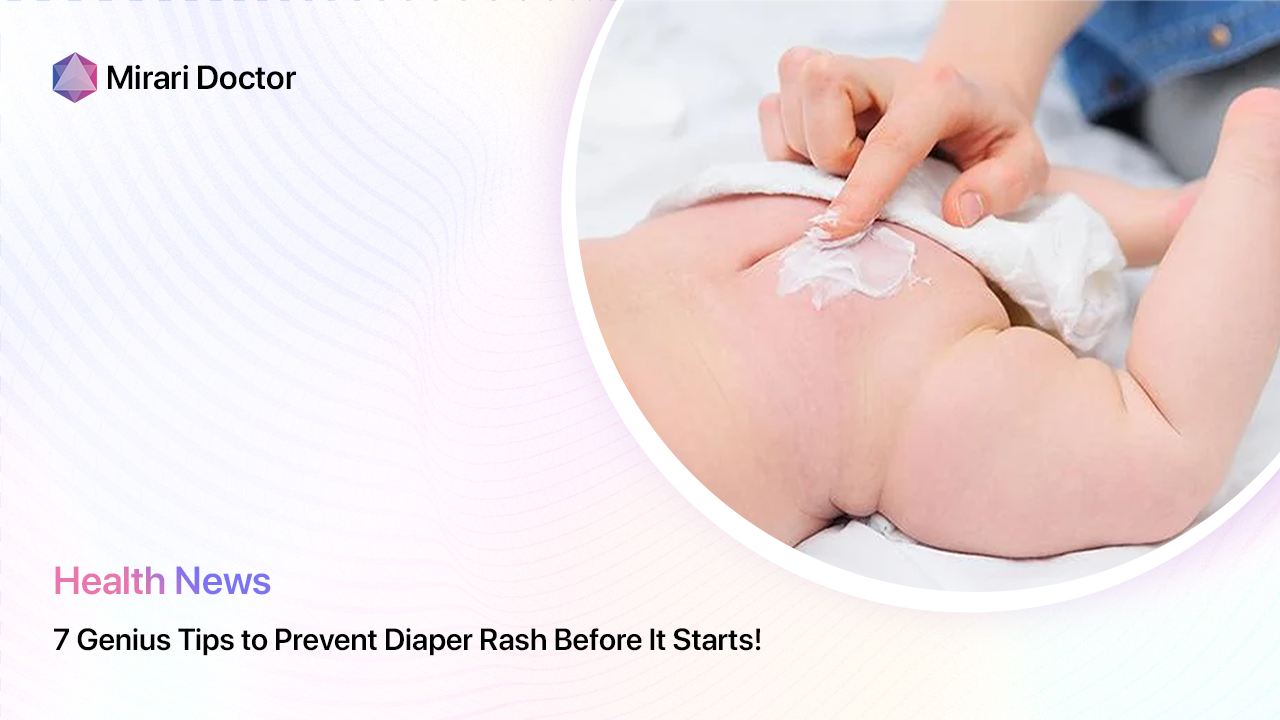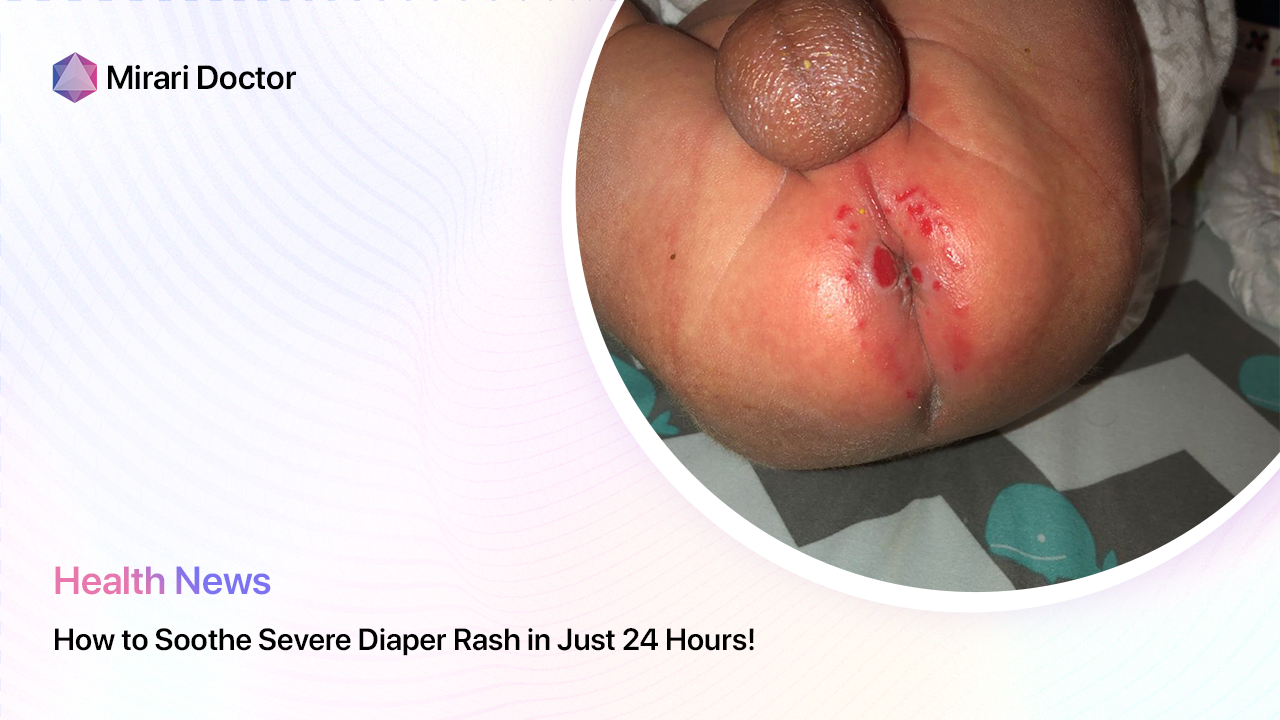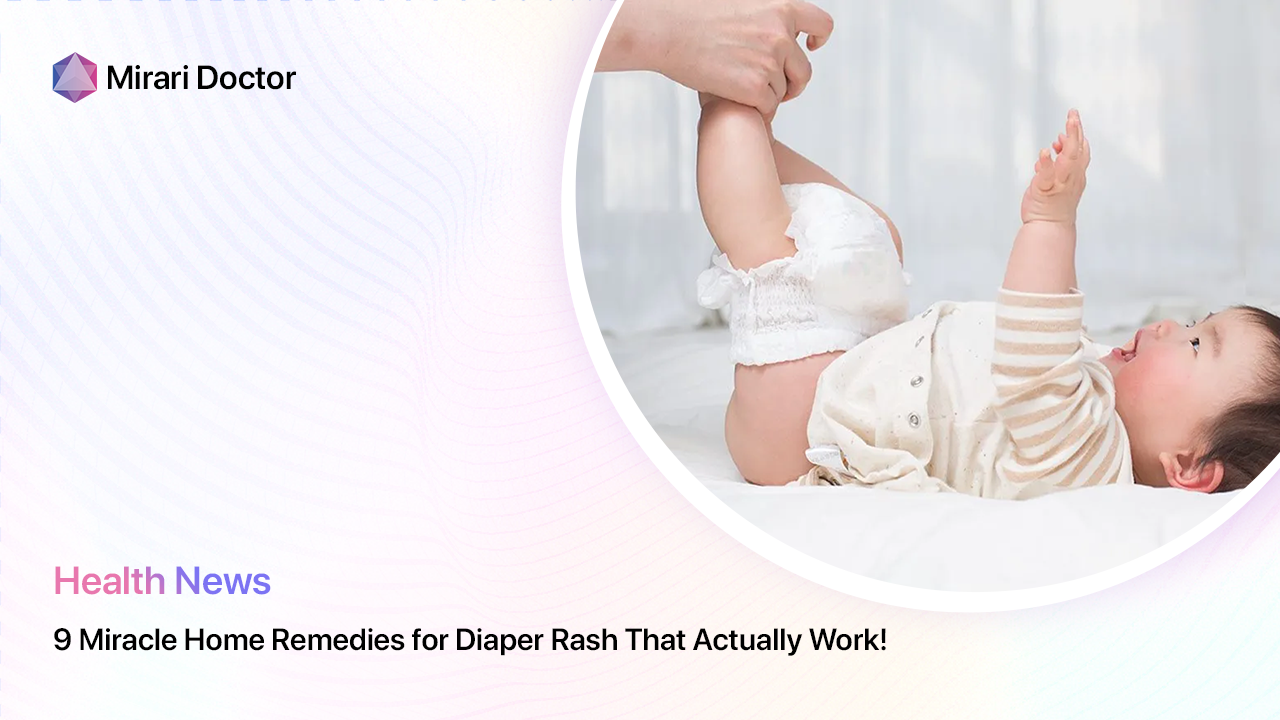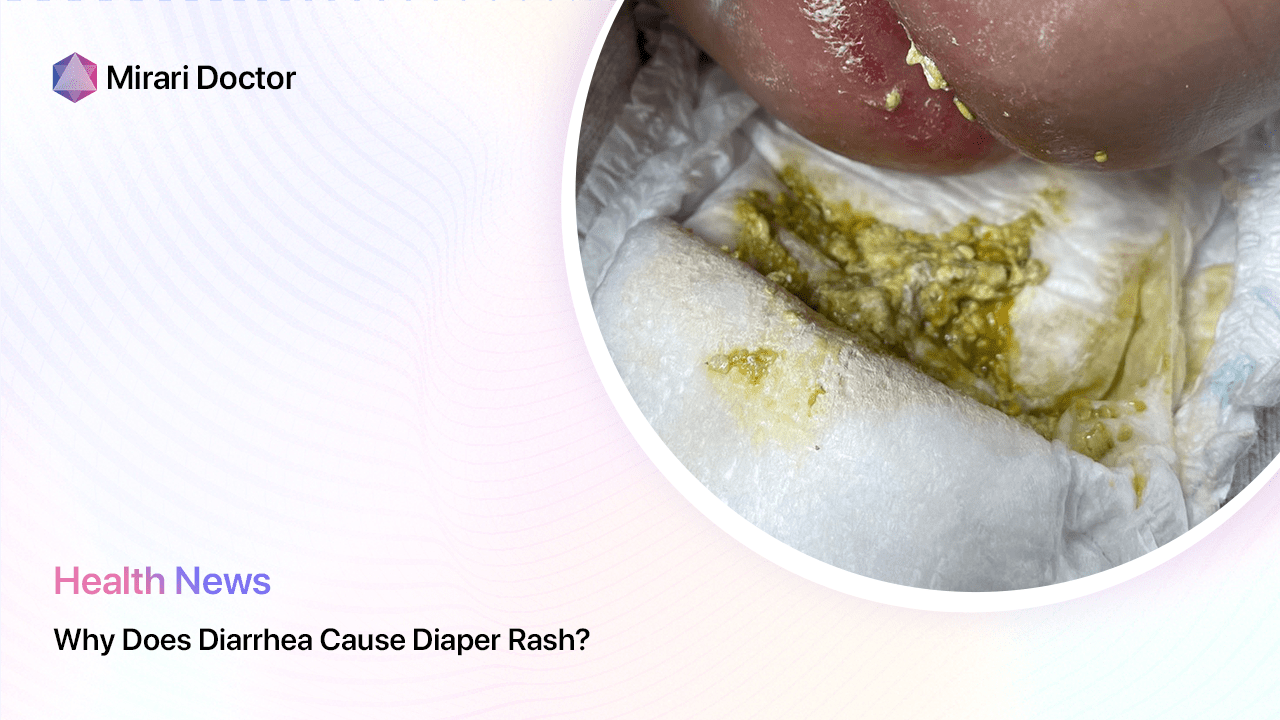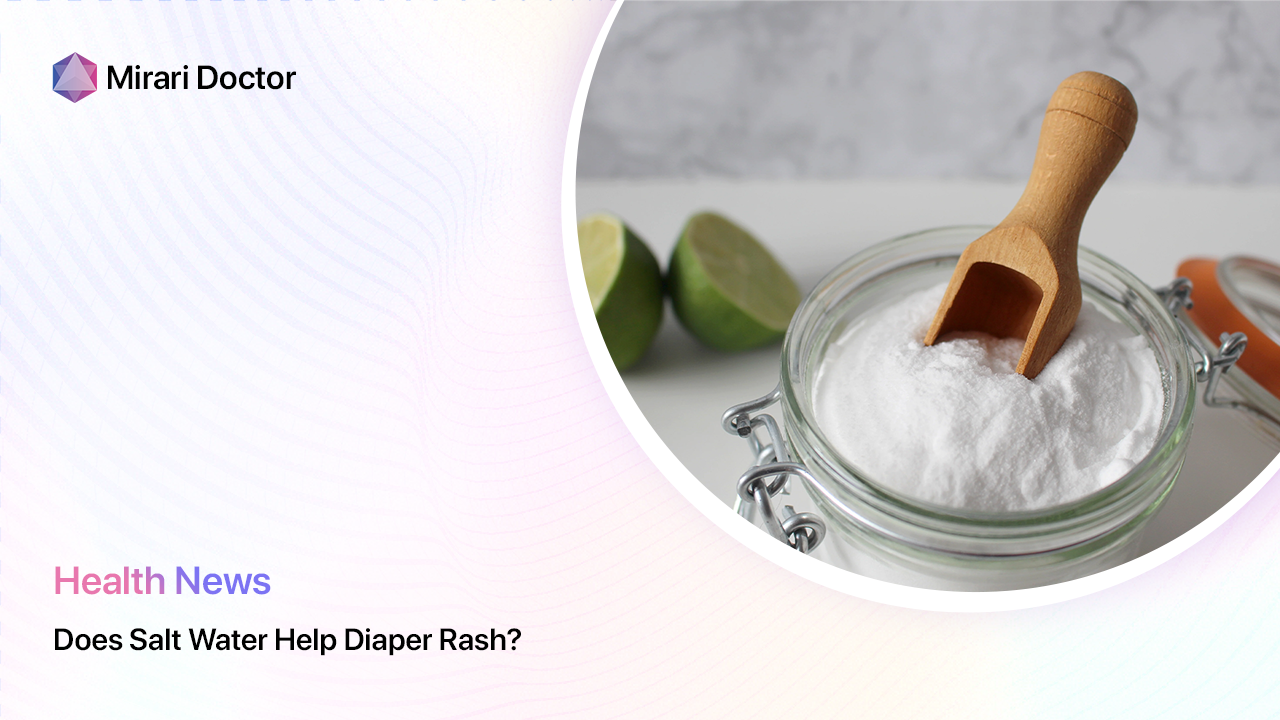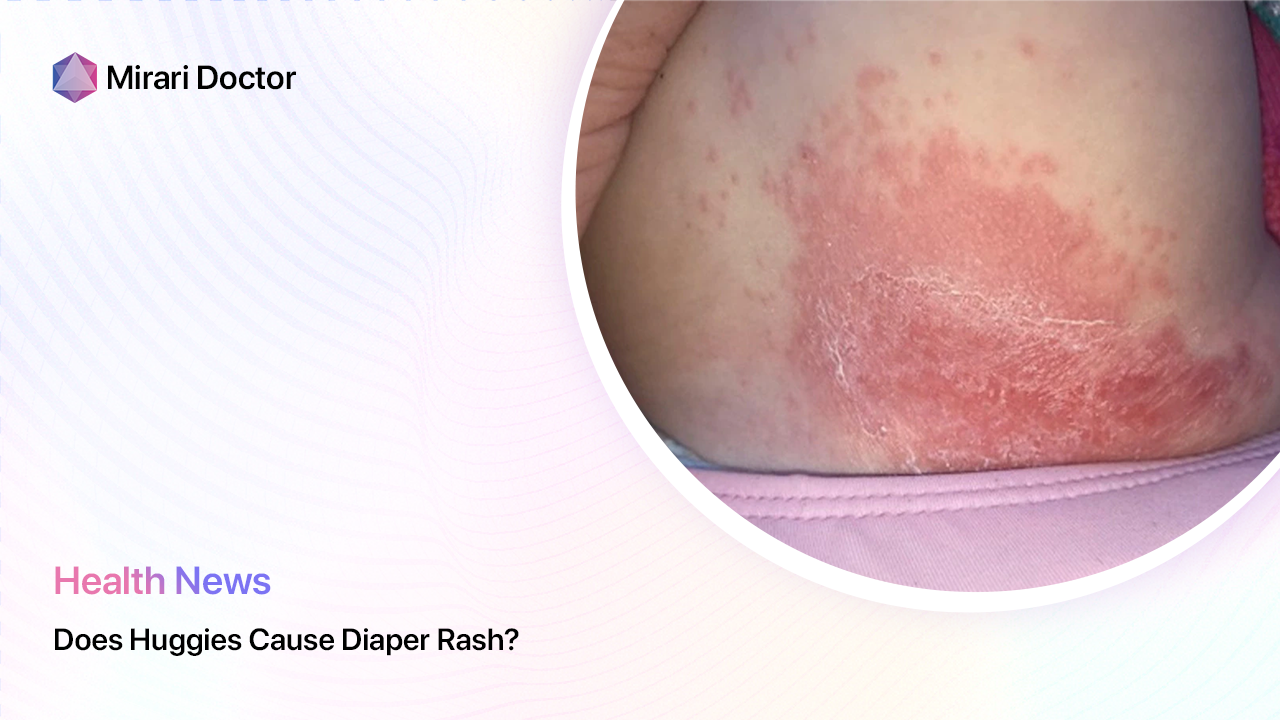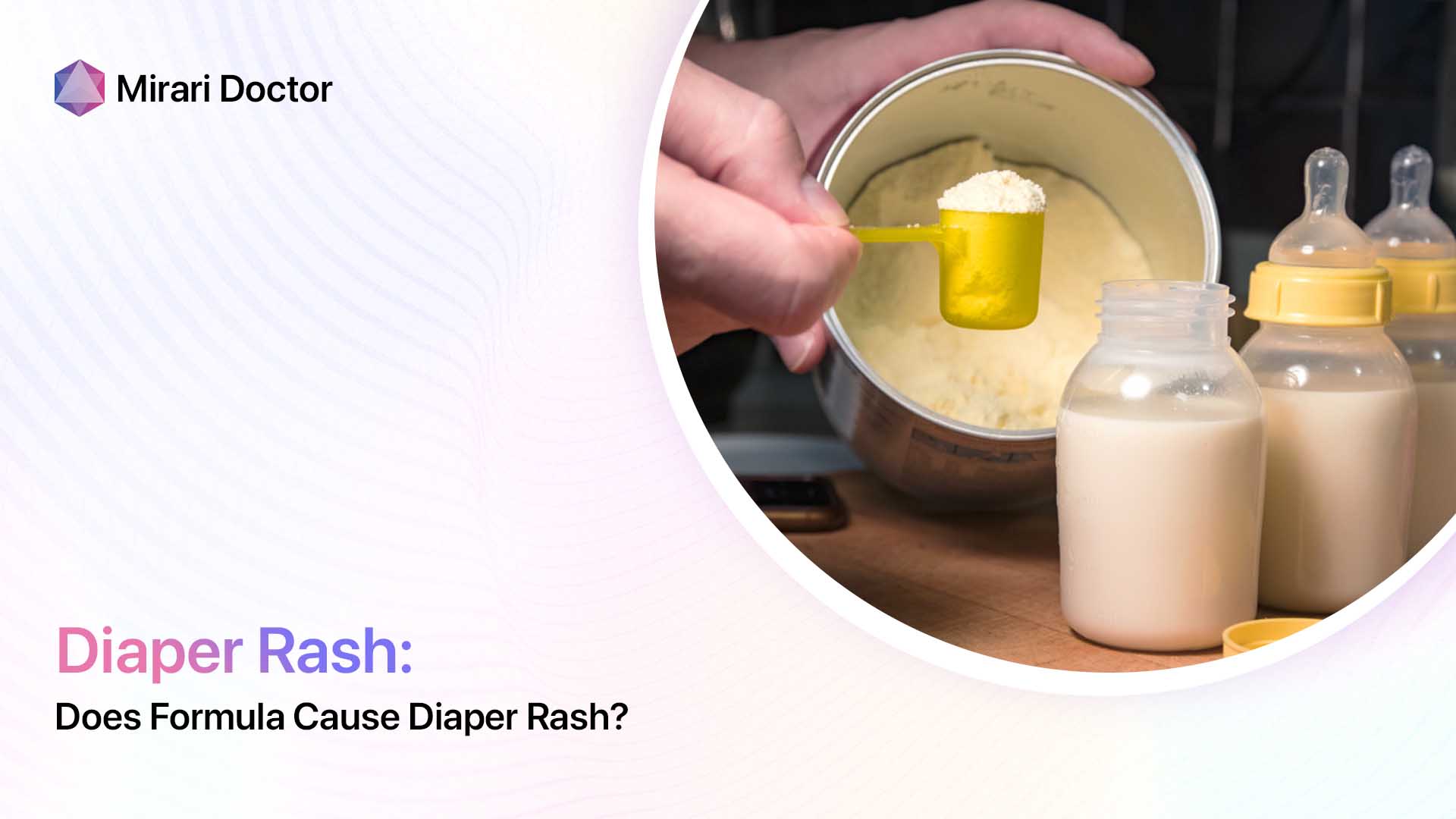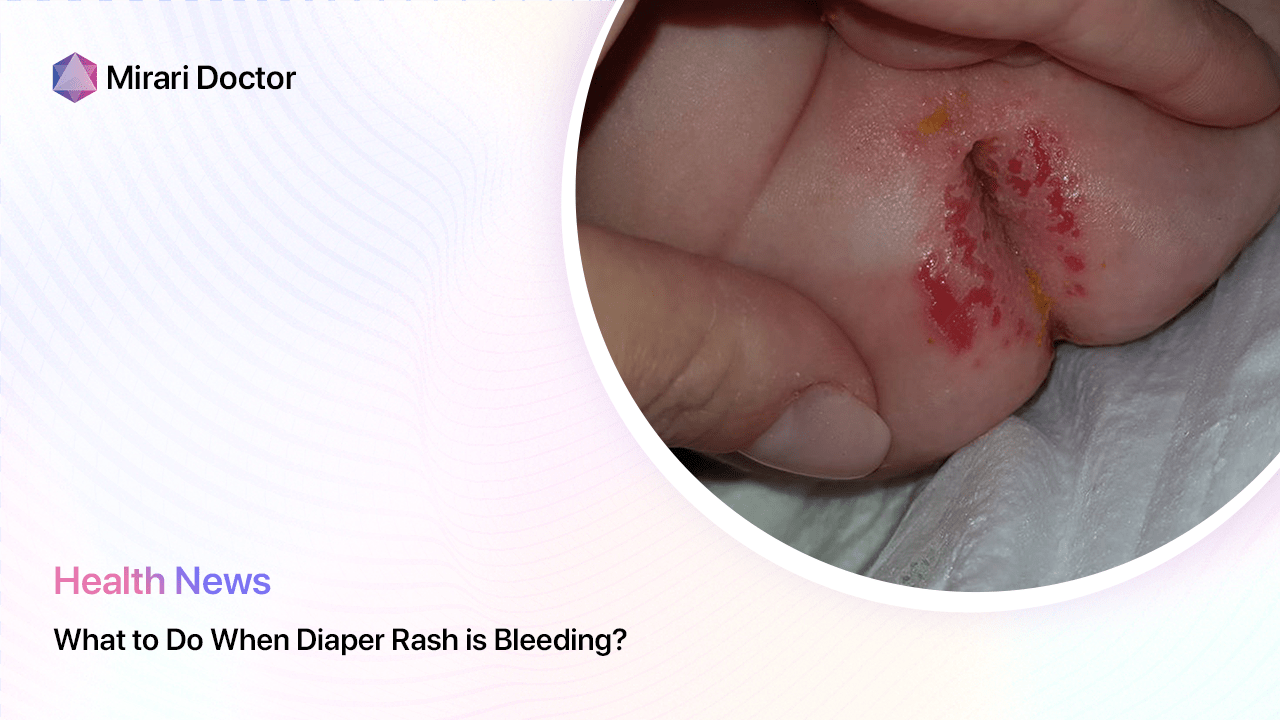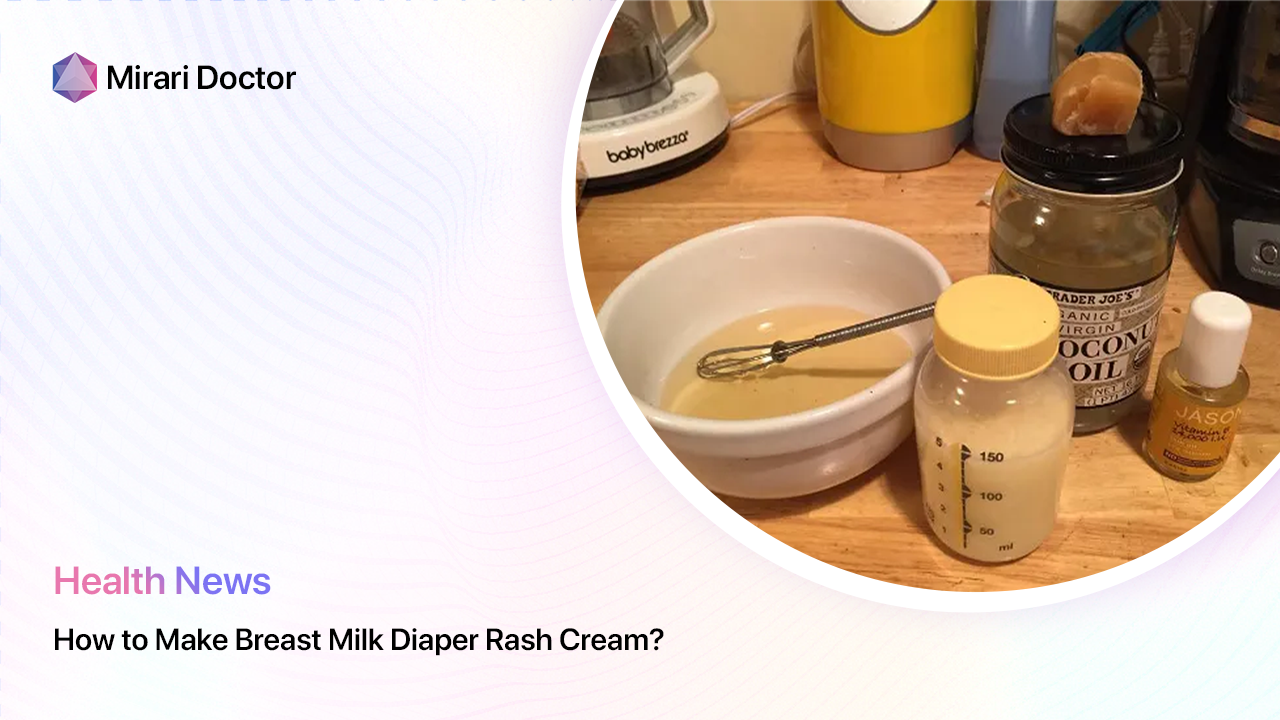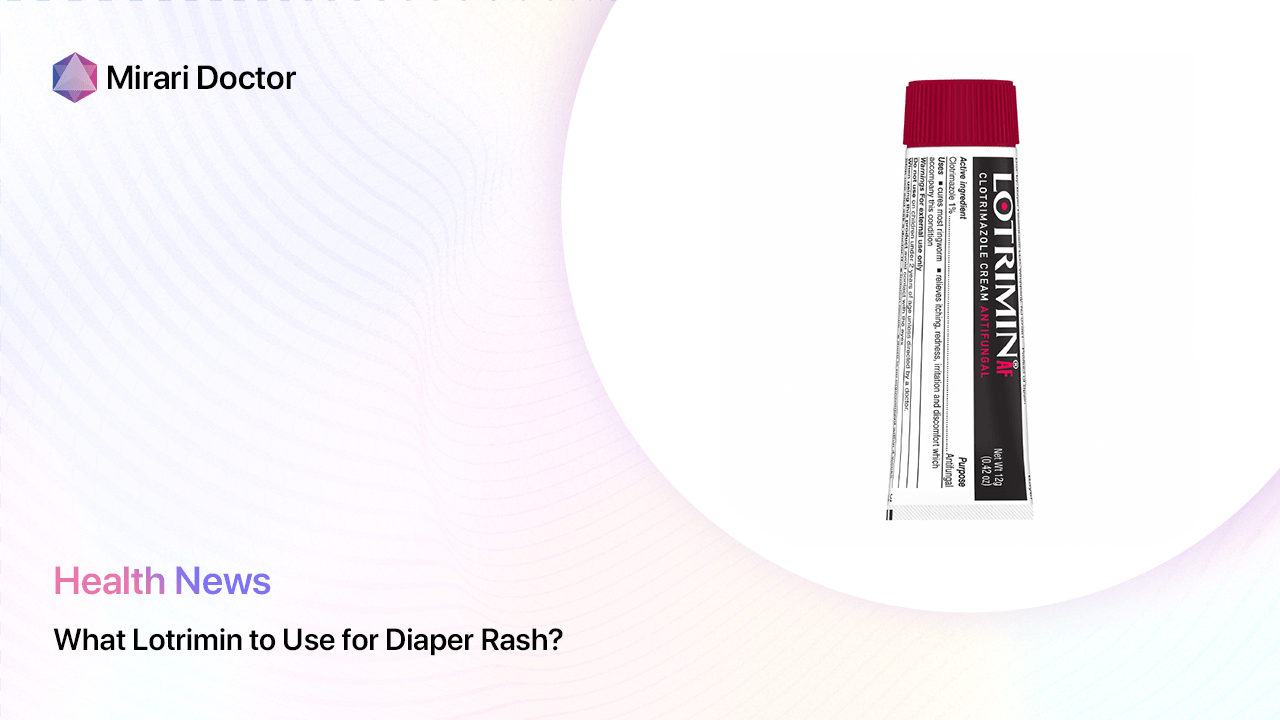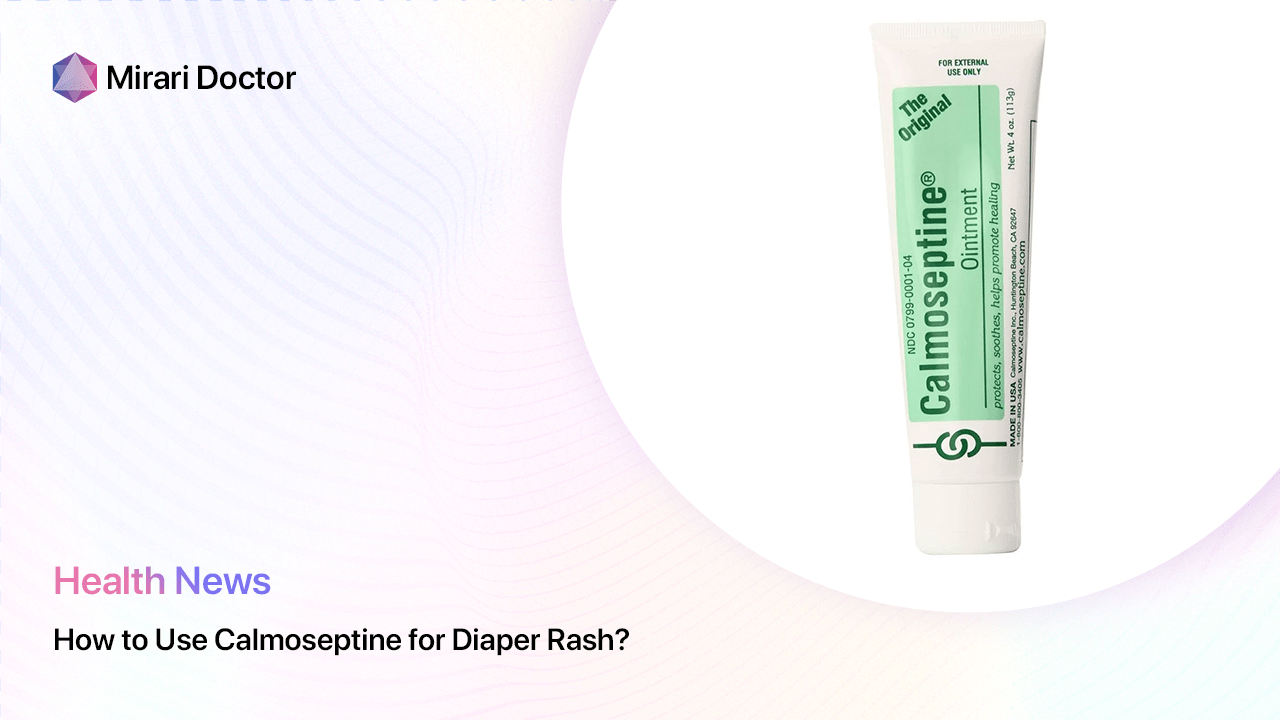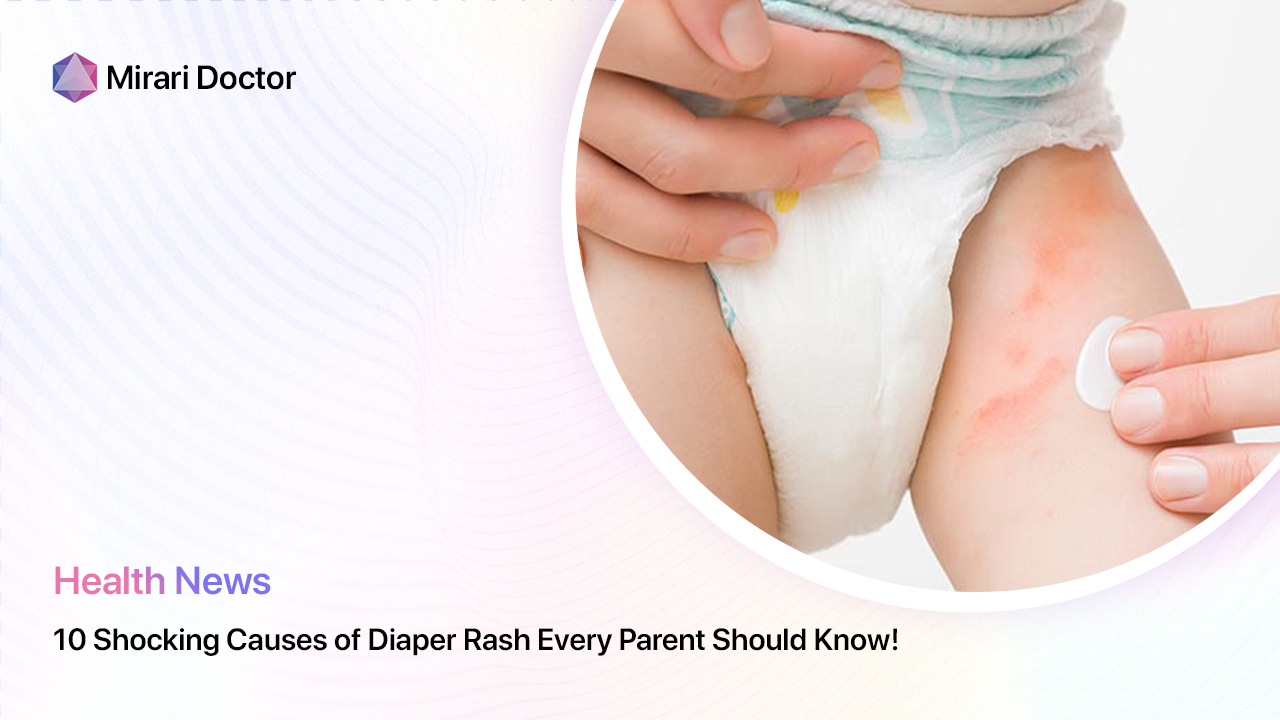
As a new parent, dealing with diaper rash can be a frustrating and worrying experience. Diaper rash is a common skin irritation that affects many babies, causing redness, inflammation, and discomfort in the diaper area. While most cases of diaper rash are mild and easily treatable, some can be more severe and persistent. In this article, we’ll explore the top 10 shocking causes of diaper rash that every parent should be aware of, including unusual causes, environmental factors, and triggers for recurrent rashes. We’ll also discuss prevention tips, treatment options, and when to seek medical attention for diaper rash blisters and other severe symptoms.
1. Prolonged Exposure to Moisture
One of the most common causes of diaper rash is prolonged exposure to moisture from wet or soiled diapers [1][2][3][6][7]. When a baby’s skin is constantly in contact with urine and feces, it can become irritated and inflamed, leading to a painful rash.
To prevent diaper rash from moisture, it’s essential to change your baby’s diaper frequently, especially if it’s wet or soiled. Aim to change the diaper every 2-3 hours during the day and once during the night. When changing the diaper, gently clean the area with warm water and a soft cloth, then pat the skin dry before applying a fresh diaper.
Choosing the Right Diapers
Using the right type of diaper can also help prevent wet diaper rash. Look for diapers that are highly absorbent and fit your baby snugly without being too tight. Some parents find that cloth diapers are less likely to cause diaper rash than disposable ones, as they allow the skin to breathe more easily. However, if you do use disposable diapers, choose a brand that is hypoallergenic and free from fragrances and other irritants.
Letting the Skin Breathe
In addition to frequent diaper changes, it’s important to give your baby’s skin a chance to breathe. Whenever possible, let your baby go diaper-free for short periods, such as during tummy time or after a bath. This allows the skin to dry out and helps prevent the buildup of moisture that can lead to diaper rash.
2. Chafing and Friction
Another common cause of diaper rash is chafing or friction from the diaper itself [1][2][3][7]. If the diaper is too tight or rubs against the skin, it can cause irritation and lead to a rough diaper rash.
To prevent diaper rash from friction, make sure that your baby’s diaper fits properly. It should be snug but not too tight, and there should be enough room for you to slide a finger between the diaper and your baby’s skin. If you notice red marks or indentations on your baby’s skin from the diaper, it may be too tight.
Using Diaper Cream
Applying a diaper rash cream or ointment can also help protect the skin from chafing and friction. Look for a product that contains zinc oxide or petroleum jelly, which create a barrier between the skin and the diaper. Apply a thick layer of the cream to your baby’s clean, dry skin at each diaper change.
3. Introduction of New Foods
As your baby starts to eat solid foods, you may notice an increase in diaper rash. This is because the introduction of new foods can change the content and frequency of your baby’s stool, making diaper rash more likely [2][4][7].
To minimize the risk of diaper rash from new foods, introduce new foods gradually and one at a time. This allows you to identify any foods that seem to trigger diaper rash in your baby. Some common culprits include acidic fruits like oranges and tomatoes, as well as spicy or high-fiber foods.
If you do notice an increase in diaper rash after introducing a new food, try eliminating it from your baby’s diet for a few days to see if the rash improves. You can also try applying a diaper cream more frequently to protect the skin.
4. Sensitive Skin and Irritants
Some babies have particularly sensitive skin that is more prone to diaper rash. In these cases, even minor irritants like fragrances, dyes, and alcohol in diapers, wipes, detergents, and lotions can cause a rash [1][2][3][7][8]. This is an example of an unusual cause of diaper rash that many parents may overlook.
To prevent diaper rash in babies with sensitive skin, choose products that are specifically designed for sensitive skin. Look for diapers and wipes that are fragrance-free and hypoallergenic, and avoid using scented lotions or oils on your baby’s skin.
When washing cloth diapers or your baby’s clothing, use a mild, fragrance-free detergent and skip the fabric softener, which can be irritating to sensitive skin. Double-rinsing the diapers or clothing can also help remove any remaining irritants.
Identifying Allergies
In some cases, sensitive baby skin and diaper rash may be a sign of an allergy or sensitivity to a particular product or ingredient. If you suspect that your baby may have an allergy, talk to your pediatrician. They can help you identify the trigger and recommend alternative products to use.
5. Bacterial and Yeast Infections
The warm, moist environment under a diaper is the perfect breeding ground for bacteria and yeast. If your baby’s skin is already irritated or sensitive, these microorganisms can multiply quickly and cause a bacterial diaper rash or yeast infection diaper rash [2][3][6][7]. These types of rashes are often recurrent and can be difficult to treat.
Bacterial diaper rashes are often characterized by red, inflamed skin and small, pus-filled bumps. Yeast diaper rashes, on the other hand, typically appear as a bright red, raised rash with well-defined borders. The rash may also have satellite lesions, or small red bumps, around the main rash.
To prevent bacterial and yeast diaper rashes, keep your baby’s skin clean and dry, and change diapers frequently. If you do notice signs of a bacterial or yeast infection, contact your pediatrician. They may recommend an antifungal or antibiotic cream to clear up the infection.
6. Use of Antibiotics
If your baby or a breastfeeding mother is taking antibiotics, it can increase the risk of diaper rash. Antibiotics kill off the “good” bacteria that normally keep yeast growth in check, allowing yeast to overgrow and cause a rash [2][7]. This is another unusual cause of diaper rash that many parents may not be aware of.
To prevent antibiotic-associated diaper rash, talk to your pediatrician about giving your baby a probiotic supplement to help restore the balance of bacteria in the gut. You can also apply an antifungal cream to the diaper area to prevent yeast overgrowth.
If you are breastfeeding and need to take antibiotics, ask your doctor about taking a probiotic as well. This can help prevent yeast infections in both you and your baby.
7. Diarrhea
Diarrhea is a common cause of diaper rash in babies, especially in newborns [2][3][4]. The enzymes in diarrhea can be very irritating to the skin, causing a painful, inflamed rash. If your baby already has a diaper rash, diarrhea can make it much worse.
To prevent diaper rash from diarrhea, change your baby’s diaper as soon as possible after each bowel movement. Gently clean the skin with warm water and a soft cloth, then apply a thick layer of diaper cream to protect the skin.
If your baby’s diarrhea lasts for more than a day or two, or if they have other symptoms like fever or vomiting, contact your pediatrician. They may recommend an oral rehydration solution to prevent dehydration and may prescribe medication to help stop the diarrhea.
8. Environmental Factors
Environmental causes of diaper rash are often overlooked, but they can play a significant role in triggering or exacerbating rashes. For example, hot, humid weather can create a warm, moist environment in the diaper area, making it more prone to irritation and infection. Similarly, overdressing your baby or using too many layers of clothing can trap heat and moisture against the skin, leading to a heat rash or worsening an existing diaper rash.
To prevent environmental causes of diaper rash, dress your baby in loose, breathable clothing and keep the diaper area as cool and dry as possible. Use a fan or air conditioner to circulate the air, and consider using a moisture-wicking diaper or a diaper liner to help keep the skin dry. In hot weather, give your baby plenty of diaper-free time to allow the skin to breathe.
9. Skin Conditions
Certain skin conditions, such as eczema and seborrheic dermatitis, can make your baby’s skin more prone to diaper rash [7][8]. These conditions can cause the skin to be dry, cracked, and more sensitive to irritants, making it more susceptible to rashes and infections.
If your baby has a history of eczema or seborrheic dermatitis, be extra vigilant about preventing diaper rash. Use a mild, fragrance-free cleanser and moisturizer on your baby’s skin, and apply a thick layer of diaper cream at each diaper change.
If you suspect that your baby may have a skin condition, talk to your pediatrician or a dermatologist. They can diagnose the condition and recommend appropriate treatments to manage it.
10. Diaper Rash Blisters
Diaper rash blisters are a sign of a more severe rash that requires medical attention. Blisters can be caused by a bacterial infection, such as impetigo, or by a severe allergic reaction to a diaper or skincare product. If you notice blisters or open sores in your baby’s diaper area, contact your pediatrician right away [5].
In addition to blisters, other signs that your baby’s diaper rash may need medical attention include:
- A rash that covers a large area of the skin or extends beyond the diaper area
- A rash that is bright red, swollen, or bleeding
- A rash that is accompanied by a fever or other signs of illness
- A rash that does not improve after a few days of home treatment
Your pediatrician can assess the rash and recommend appropriate treatment, which may include prescription creams or antibiotics if the rash is infected.
Prevention and Treatment Tips
While diaper rash is a common problem, there are steps you can take to prevent it and treat it effectively when it does occur. Here are some tips to keep in mind:
- Change diapers frequently, especially when wet or soiled
- Use a diaper cream or ointment with zinc oxide or petroleum jelly at each diaper change
- Choose breathable, moisture-wicking diapers and clothing
- Give your baby plenty of diaper-free time to allow the skin to breathe
- Avoid irritants like fragrances, dyes, and alcohol in skincare products
- Introduce new foods gradually and watch for reactions
- Treat any underlying skin conditions or infections promptly
If your baby’s diaper rash is severe, persists despite home treatment, or is accompanied by other symptoms like fever or pain, don’t hesitate to contact your pediatrician for guidance.
FAQs
Can I use cornstarch to prevent diaper rash?
While some people believe that cornstarch can help prevent diaper rash by absorbing moisture, the American Academy of Pediatrics (AAP) does not recommend using it. Cornstarch can actually make yeast diaper rashes worse by feeding the yeast. Stick to using a diaper cream or ointment instead.
Should I use baby powder to prevent diaper rash?
The AAP also does not recommend using baby powder, as it can irritate the baby’s lungs if inhaled. If you do choose to use baby powder, apply it carefully to your hands first, away from your baby’s face, before gently patting it onto the skin.
Can I use essential oils to treat diaper rash?
While some essential oils, such as tea tree oil and lavender oil, have antimicrobial properties that could theoretically help with diaper rash, the AAP does not recommend using them on babies. Essential oils can be irritating to sensitive skin and may cause allergic reactions. Stick to using products specifically designed for diaper rash.
How often should I change my baby’s diaper to prevent diaper rash?
To prevent diaper rash, change your baby’s diaper every 2-3 hours during the day, or as soon as it becomes wet or soiled. At night, you may be able to go a little longer between changes, but be sure to change the diaper before putting your baby to bed and first thing in the morning.
Can breastfed babies get diaper rash?
Yes, breastfed babies can still get diaper rash, although they may be less prone to it than formula-fed babies. This is because breast milk contains antibodies that can help protect against infections, and breastfed baby poop tends to be less irritating to the skin than formula-fed baby poop. However, breastfed babies can still get diaper rash from other causes, such as sensitive skin or frequent urination.
Conclusion
Diaper rash is a common and often frustrating problem for babies and their parents, but by understanding the various causes and taking steps to prevent and treat it, you can help keep your baby’s skin healthy and comfortable.
In this article, we’ve explored the top 10 shocking causes of diaper rash, including unusual causes like sensitive skin and antibiotic use, environmental factors like hot weather and overdressing, and triggers for recurrent rashes like bacterial and yeast infections. We’ve also discussed what causes diaper rash blisters and when to seek medical attention for severe symptoms.
To prevent diaper rash, remember to change diapers frequently, use a diaper cream or ointment, choose breathable clothing and diapers, give your baby plenty of diaper-free time, avoid irritants in skincare products, introduce new foods gradually, and treat any underlying skin conditions promptly. If your baby’s rash is severe or persists despite home treatment, don’t hesitate to contact your pediatrician for guidance.
By staying informed and proactive, you can help your baby stay comfortable and rash-free. Trust your instincts, and don’t be afraid to ask for help when you need it. With a little patience and persistence, you and your baby will get through this challenging but common phase of babyhood.
References
- Merrill, L. (2015). Prevention, Treatment and Parent Education for Diaper Dermatitis. Nursing for Women’s Health, 19(4), 324-337. https://doi.org/10.1111/1751-486X.12218
- Blume-Peytavi, U., Hauser, M., Lünnemann, L., Stamatas, G. N., Kottner, J., & Garcia Bartels, N. (2014). Prevention of Diaper Dermatitis in Infants—A Literature Review. Pediatric Dermatology, 31(4), 413-429. https://doi.org/10.1111/pde.12348
- Ravanfar, P., Wallace, J. S., & Pace, N. C. (2012). Diaper Dermatitis: A Review and Update. Current Opinion in Pediatrics, 24(4), 472-479. https://doi.org/10.1097/MOP.0b013e32835585f2
- Coughlin, C. C., Frieden, I. J., & Eichenfield, L. F. (2014). Clinical Approaches to Skin Cleansing of the Diaper Area: Practice and Challenges. Pediatric Dermatology, 31, 1-4. https://doi.org/10.1111/pde.12461
- Klunk, C., Domingues, E., & Wiss, K. (2014). An update on diaper dermatitis. Clinics in Dermatology, 32(4), 477-487. https://doi.org/10.1016/j.clindermatol.2014.02.003
- Shin, H. T. (2014). Diagnosis and Management of Diaper Dermatitis. Pediatric Clinics of North America, 61(2), 367-382. https://doi.org/10.1016/j.pcl.2013.11.009
- Stamatas, G. N., & Tierney, N. K. (2014). Diaper Dermatitis: Etiology, Manifestations, Prevention, and Management. Pediatric Dermatology, 31(1), 1-7. https://doi.org/10.1111/pde.12245
- Tüzün, Y., Wolf, R., Bağlam, S., & Engin, B. (2015). Diaper (napkin) dermatitis: A fold (intertriginous) dermatosis. Clinics in Dermatology, 33(4), 477-482. https://doi.org/10.1016/j.clindermatol.2015.04.012
Related articles
Made in USA


